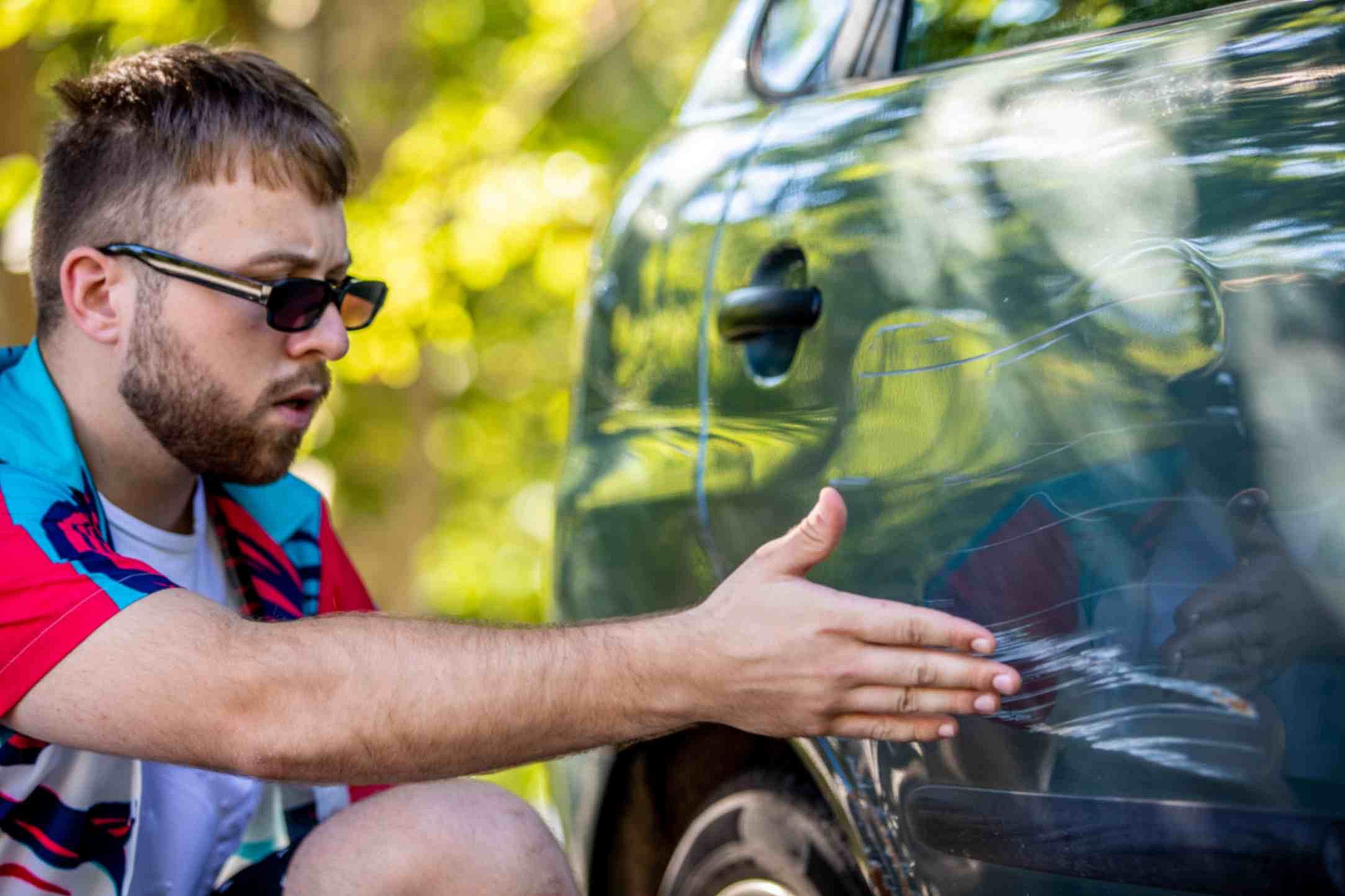Hello. We’re doing a bit of maintenance. Sorry for the inconvenience. If you experience any technical issues, please leave your name & number and we'll call you back.
Knowledge Hub

Wet Roads Old Tyres
This is why spring rains are so dangerous for drivers
Don’t you just love the smell of the first rains of the season? That smell has a special name – petrichor – and it isn’t actually the rain itself that creates that fresh scent. It comes from chemical reactions that take place when rain strikes bacteria in soil and mixes with oil secreted by plants during a dry spell.
While new rains are great for our plants and our sense of wellbeing, they’re not so good for driving in. A study conducted by the University of California Berkeley's School of Public Health found that there was an increased danger on the roads when driving during the first rains after a long dry spell.
Fresh rains make slick roads
So what’s the danger in newly drenched roads? Much like the plants that secrete oils in arid weather, our roads accumulate oil and debris when the weather’s dry. When it first rains, this debris causes the roads to become much slicker and more hazardous. However, if, say, it rains two days in a row, by the second day, most of the oils and detritus have been washed away, so the terrain isn’t as slippery.
The study found that, if there are two dry days between rains, the risk of fatal accidents increases by 3.7%. Showers after 21 days of dry weather increase the risk by 9.2%, essentially a two-and-a-half times greater danger than having only two days between rains.
It also takes practice to drive right in rainy weather, so getting used to braking earlier and more gently can take time, which could also be a factor in the greater risk of fatal accidents.
So is more rain better?
More rain is not necessarily safer. The same study also concluded that more rain leads to more non-fatal accidents; for every centimetre of precipitation (rain, sleet, hail, and snow), the risk of non-fatal crashes increases by 11%.
So what are you supposed to do to stay safe?
How to reduce your risk
Drive carefully: Driving in rainy weather requires much more patience and concentration. Braking earlier and more gently, keeping a longer following distance, and using your headlights can all help to reduce the risk of having an accident when it’s raining.
Tyre safety: Have your tyres checked before the rains start. In fact, it’s a good idea to have a vehicle check once per year. When you have Payback Booster with us, taking your car for an annual safety check can help you earn even more cash back monthly, so it really pays to be safe.
Update your car insurance: You can do your best to stay safe on the roads, but accidents can still happen. Now’s the time to make sure your car insurance adequately covers your vehicle in case you do have a fender-bender.
Sources: Science Daily; Live Science
[BM1]Not Pothole related but please can we remove

We Have Great
Insurance Products
Need car, home & Life Insurance? We offer a wide range of insurance products. Switch & get cash back on insurance premiums.
Related blogs

Motoring Travel
5 Car tips for the cold season

Motoring Travel
Dial down costly repairs with Scratch & Dent cover





